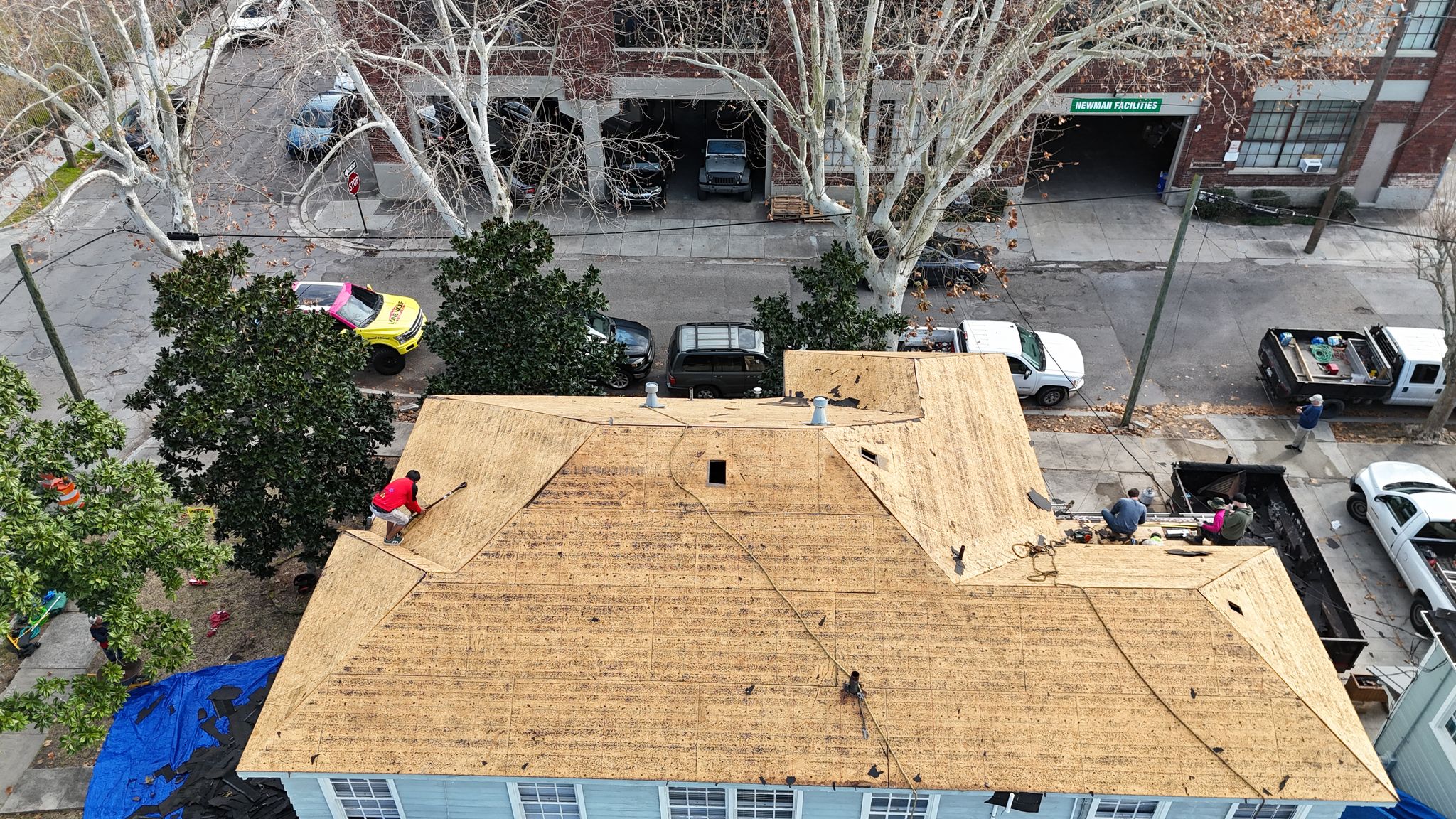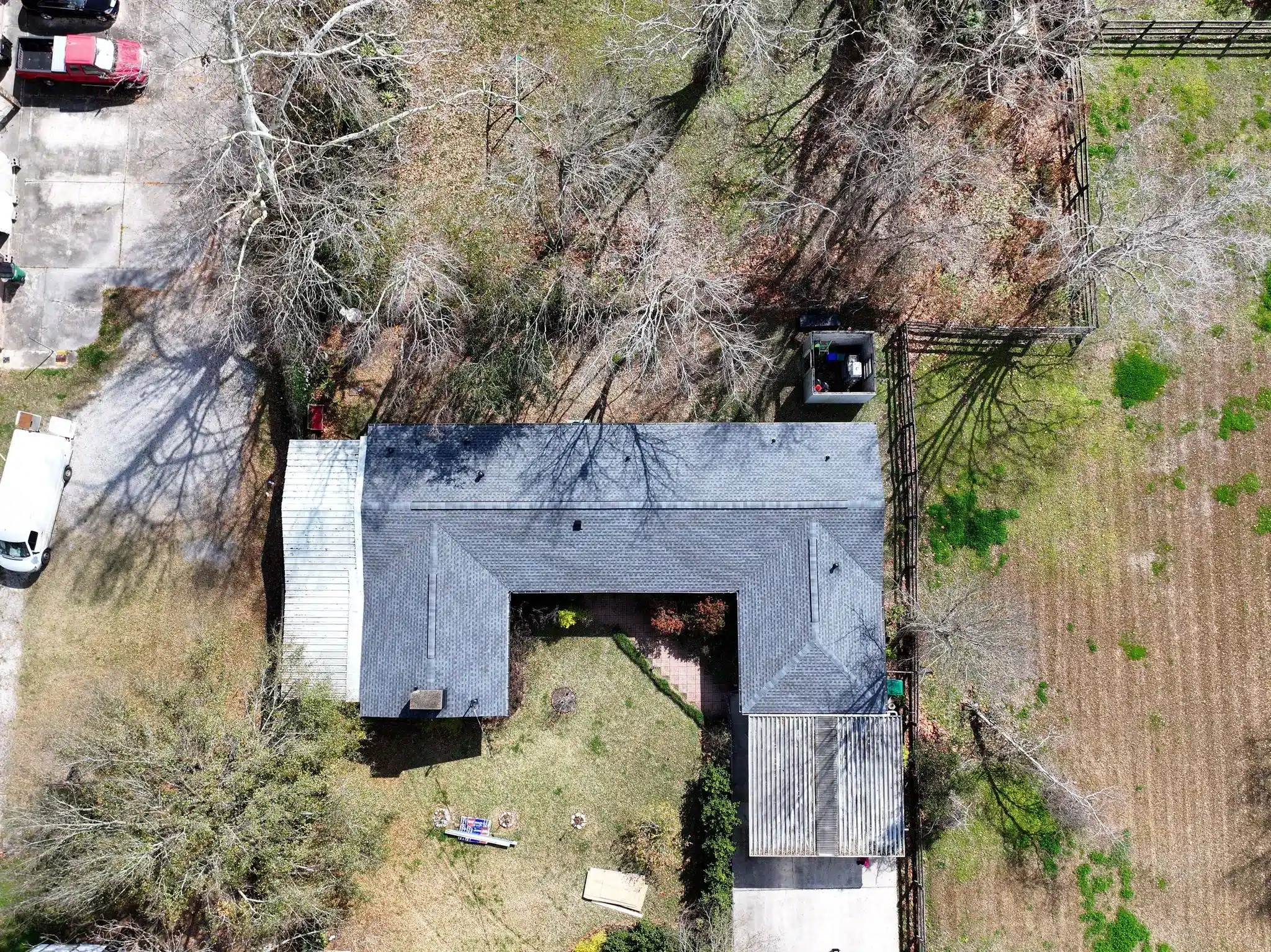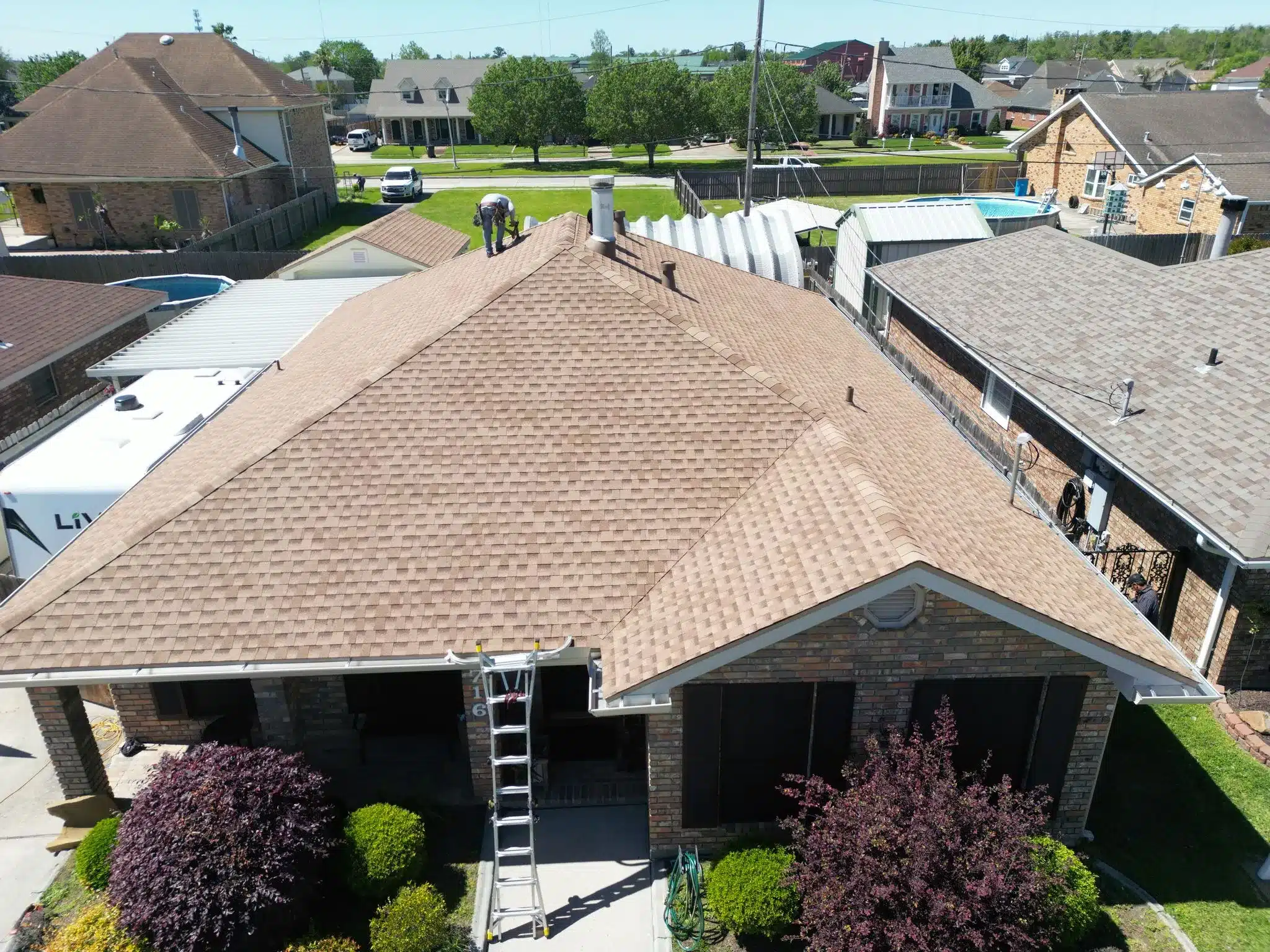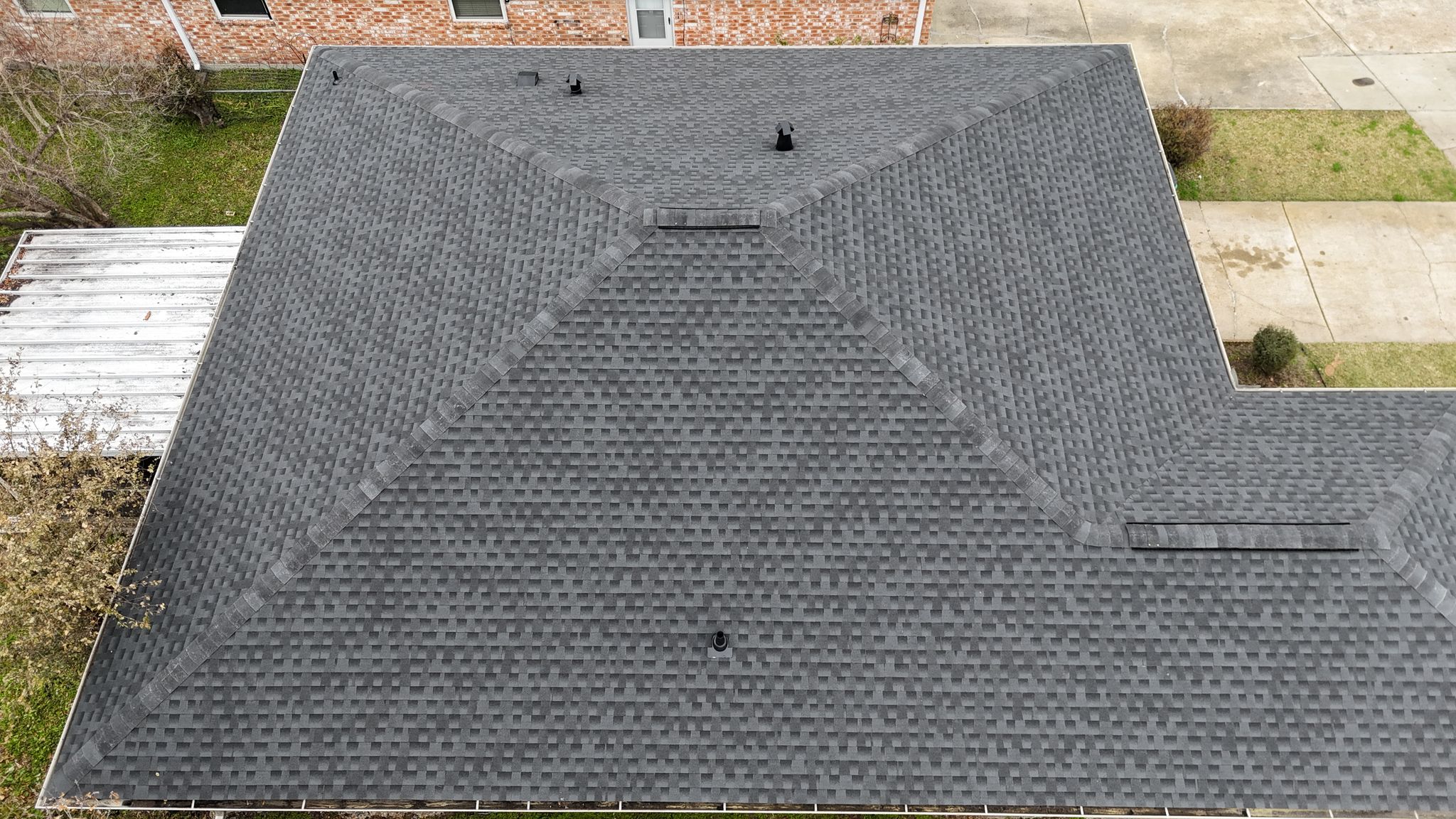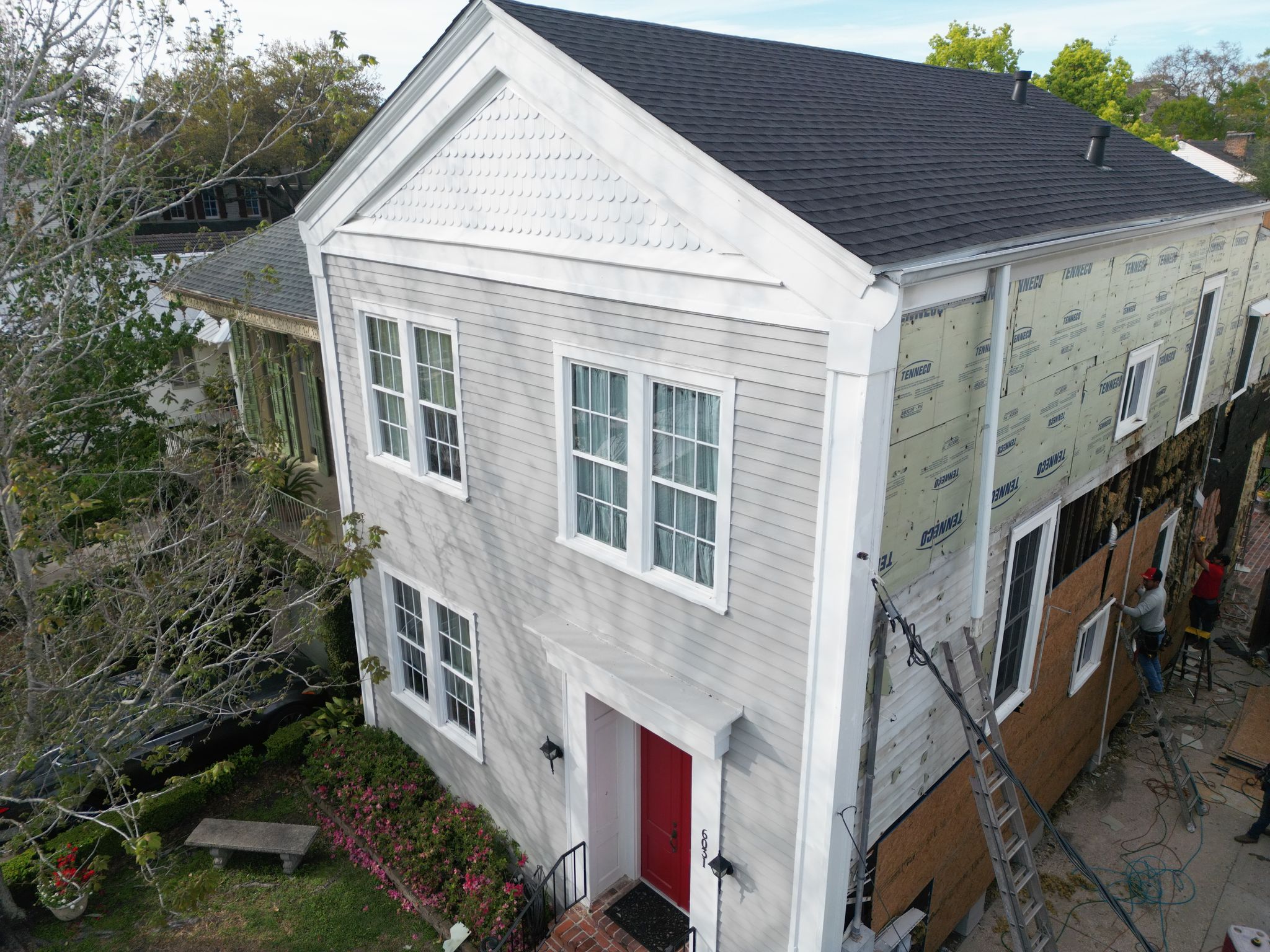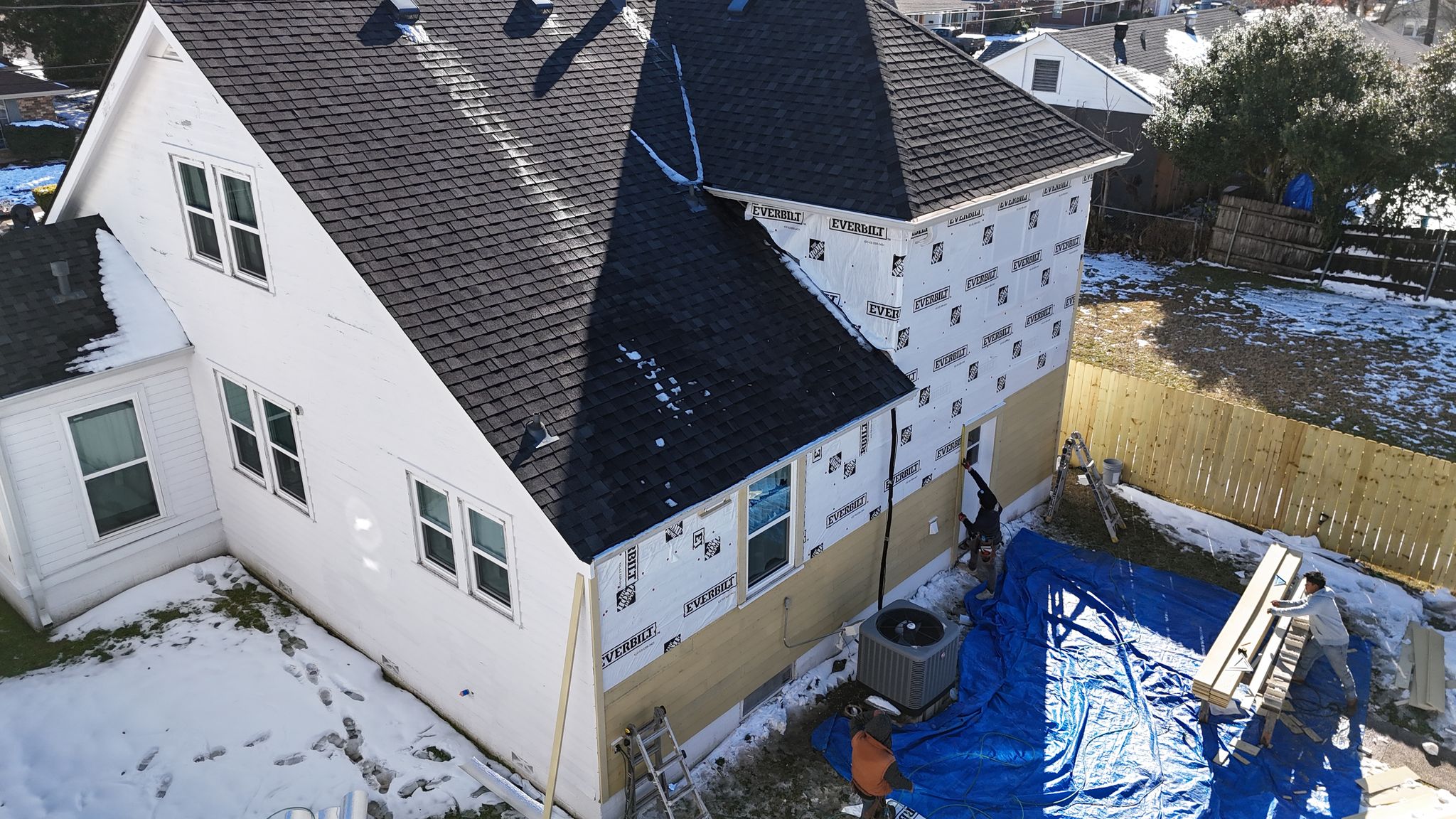TPO (Thermoplastic Polyolefin) has become a rising phenomenon in recent times, which automatically begs the question: What is TPO Roofing? Made of a special mix of plastic and rubber components, single-ply roofing membrane TPO comprises a strong, flexible material resistant to UV radiation, chemical exposure, and severe weather.
What makes TPO roofing different?
Popular for flat and low-slope business rooftops, TPO offers both waterproofing and protection in one simplified layer as a single-ply membrane.
Three basic layers form TPO roofing:
1. TPO Polymer Foundation
Structurally soundness and wear and tear resistance come from the base layer.
2. Scrim Supported by Polyester-Reinforcement
The scrim is a layer of cloth that increases punctuation and tear resistance, therefore strengthening the membrane overall.
3. TPO Compounded Top Pad
TPO’s shiny and resilient surface results from the top layer engineered to withstand UV radiation, chemicals, and weather.
These layers taken together provide a strong membrane that offers commercial structures long-standing protection.
How Long Can a TPO Roof Last?
Many elements influence the lifespan of a TPO roof. TPO roofs have occasionally been reported to endure up to 25 or even 30 years under perfect environmental conditions and great maintenance. Its longevity depends on correct seam welding and membrane attachment, therefore improving the quality of installation. TPO works well in many different regions; yet, if improperly installed, excessive heat or cold can shorten its lifetime. Regular inspections and quick repairs will help a TPO roof to last much longer.

What are Environmental Advantages of TPO Roofing?
TPO roofing is appreciated for its environmental qualities in addition to its strength. The following are some main advantages of TPO roofing for the surroundings:
1. Energy Consumption Efficiency
White or pale coatings for TPO membranes reflect sunlight rather than absorb it. The Cool Roof effect, this reflecting property, helps limit heat transfer into the building, therefore minimizing the demand for air conditioning and hence the energy usage. For warmer climates, this makes TPO a great option; it also helps LEED (Leadership in Energy and Environmental Design) certification for sustainable buildings.
2. Recyclability
TPO roofing has one of the best qualities: it is totally recyclable at the end of its useful lifetime. This supports the circular economy by helping to lower demand for virgin raw resources and hence cut landfill trash.
3. Low Chemical Emissions
Unlike certain previous roofing materials, TPO roofing is generally free of dangerous chemicals such as chlorofluorocarbons (CFCs) and halogens, therefore safeguarding the environment and human health during manufacture and installation.
4. Minimal Urban Heat Island Effect
Reflecting sunlight and lowering the surrounding air temperature helps TPO rooftops battle the urban heat island effect. In highly populated locations where dark roofs might help to absorb heat, this is particularly crucial.
5. Lightweight and Economical
Lightweight and efficient TPO roofing reduces structural stress on buildings and demand for heavy supporting elements. This feature helps to create a construction process that is resource-efficient, thus lowering environmental effects.
TPO Roofing’s Environmental Advantage
Not only robust but also environmentally beneficial, TPO roofing has many benefits for the surroundings:
1. Energy Consumption Efficiency
Usually white or pale, TPO membranes have great sun reflectance. Perfect for LEED-certified buildings and green projects, its “Cool Roof” effect helps reduced heat absorption, therefore cutting cooling costs and energy usage.
2. Reiterability
Being totally recyclable, TPO helps to create a circular economy and lowers landfill waste at the end of its lifetime.
3. Low Chemical Emissions
TPO is safer for the environment and human health since it lacks dangerous compounds like CFCs or halogens unlike some other roofing materials.
4. Less Urban Heat Island Impact
Reflective qualities of TPO help to reduce urban heat islands by cooling metropolitan regions and thereby improve air quality.
5. Resource-efficient and lightweight
TPO’s light weight reduces the strain on building constructions and calls for less resources during construction, lowering the environmental impact.
TPO versus PVC Roofing
Popular single-ply roofing membranes both TPO and PVC (Polyvinyl Chloride) differ in several important ways even if they are somewhat similar.
- TPO is often less expensive than PVC, which makes it a common choice for applications on a tight budget.
- PVC is perfect for buildings exposed to strong chemicals since it offers somewhat superior chemical resistance and durability.
- Although both materials are energy-efficient, TPO’s great reflectivity qualifies it specifically for warmer environments.
Key Differences Between TPO and EPDM
- TPO and EPDM have generally similar material costs—both costing about $0.50 per square foot.
- Better puncture resistance comes from TPO’s stronger seams—heat-welded rather than adhesive-bonded in EPDM.
- While TPO averages about 20 years, EPDM usually lasts longer—lifespans surpassing 30 years.
- EPDM may need more care over time because of adhesive seam degradation; TPO’s heat-welded seams are simpler to maintain.
TPO Roofing Price Comparison
Considered to be among the most reasonably priced single-ply solutions available, TPO roofing is Here is a ballpark estimate even if region, roof size, insulation requirements, and labor rates will all affect the precise price:
- TPO against EPDM: Usually approximately $0.50 per square foot, material costs for both are rather close. TPO’s heat-welded seams, however, might be somewhat more costly to install since certain tools and trained staff are needed.
- TPO against PVC: Sometimes costing $0.75 or more per square foot, PVC membranes might be more expensive. PVC’s increased installation labor makes it more expensive on the single-ply range as well.
- Reflective qualities of TPO can help to reduce cooling expenses, particularly in warmer climates. Over the lifetime of the roof, these energy savings can balance greater installation or maintenance costs.
Benefits of TPO Roofing
- TPO roofing is celebrated for cost, simplicity of installation, durability, energy efficiency, and recyclability.
- TPO Roofing also resists several varieties of pesticides, mildew, and mold.
- TPO Roofing is readily repairable. Since seams and patches are heat-welded, leaks and little damage can be promptly found and corrected with least disturbance. TPO is thus a handy choice for long-term maintenance.
- TPO Roofing is environmentally sustainable. TPO roofing lacks toxic chemicals, recyclability, and excellent solar reflectivity, it is regarded as environmentally benign. Reduced cooling needs help to cut building energy usage.
How to Place TPO Roofing
Usually, TPO membranes are rolled out big sheets and hot air welding the seams. Strong, watertight bonds result from this. Depending on the needs of the project, the membrane can be ballasted with gravel, mechanically fastened, or totally glued with glue.
Although TPO functions well in a variety of temperatures, its great reflectivity allows it to shine more in warmer areas. Although correct installation and regular maintenance can help most problems, in colder climates the flexibility of the membrane is tested.
Why TPO Can Be Your Best Bet?
Now that you know all about “What is TPO Roofing?”, the next question comes to mind: “Is it really the best choice?”
Thanks to its mix of cost-effectiveness, environmental benefits, and dependability, TPO roofing has become a top choice for commercial buildings—and, increasingly, for some home uses. Its TPO polymer foundation, polyester-reinforced scrim, and strong top ply provide flexibility and resilience required to endure environmental stresses. TPO finds a mix that appeals to building owners seeking energy efficiency, affordability, and moderate lifetime, even if it does not always coincide with the lifetime of premium PVC membranes or EPDM roofing.
Whether your project is new construction or you want to replace an old roof, TPO presents a flexible solution that can keep a building cool, minimize environmental effect, and provide years-to- come dependable waterproofing. Still have concerns about what TPO roofing is or how it stacks against other choices. Seeing a knowledgeable roofing expert will make all the difference. Professionals such as Lone Wolf Roofing can help you navigate the decision-making process, provide customized solutions, and guarantee that your roof is kept or installed to the best industry standards.
Choosing TPO means you are investing in a contemporary, efficient, ecologically friendly roofing system fit for the needs of the energy-conscious society of today. Lone Wolf Roofing is here to assist you whether your TPO roof requires specific services or you just want further information. In addition to shielding your building from leaks and weather damage, a well designed and well fitted TPO membrane will improve general comfort and sustainability for many years to come.

